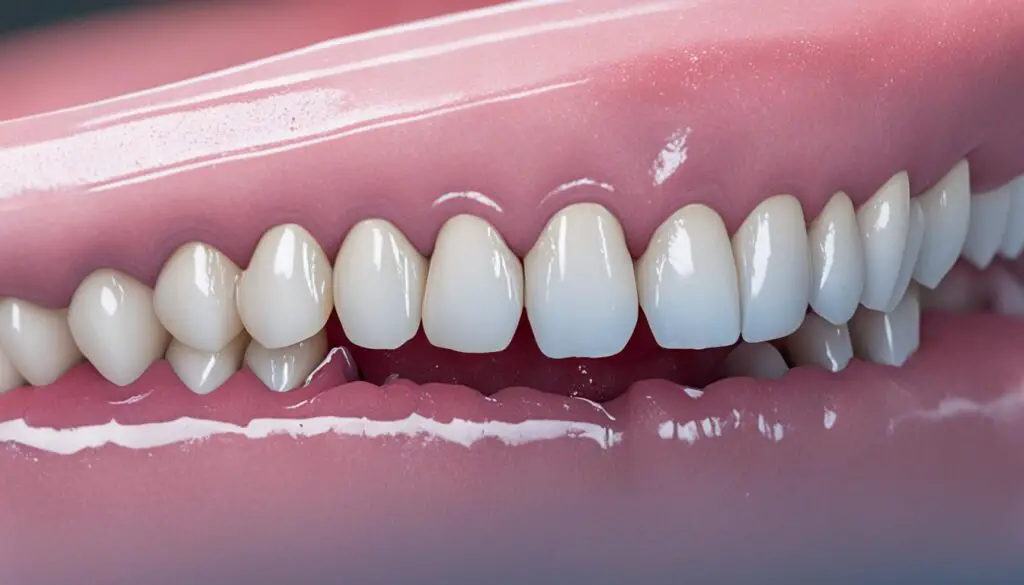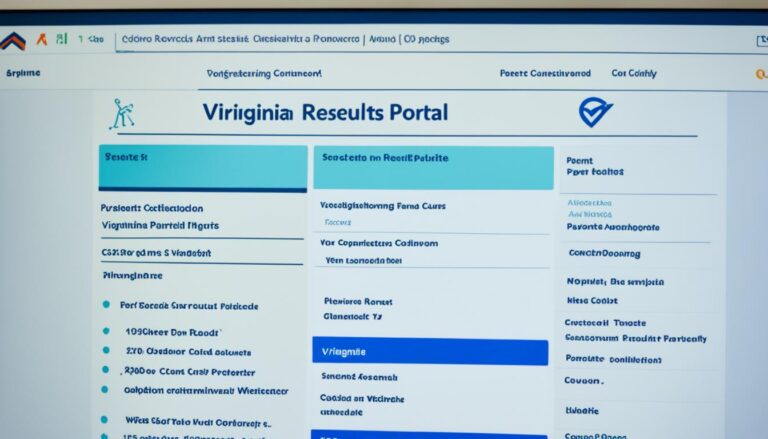Legal Rights and Child Custody: Navigating Parental Challenges
Navigating child custody issues can be a complex and challenging process, especially when one parent withholds the child from the other parent despite a court order. As a professional copywriting journalist, I understand the importance of providing accurate and helpful information to those facing parental challenges in child custody cases.
In this article, I will explore the legal rights involved in child custody cases and delve into the implications of withholding a child from another parent with a court order. By examining various sources, including discussions on men-only clubs and their impact on the perception of judges, the use of forensic evidence in criminal trials, and the laws and challenges surrounding child custody in India, I aim to provide valuable insights and guidance for individuals navigating the complexities of custody disputes.
Key Takeaways:
- Understanding your legal rights is essential when facing child custody challenges.
- Withholding a child from another parent with a court order can have serious implications.
- Men-only clubs may influence the perception of judges in child custody cases.
- Forensic evidence, such as bite-mark analysis, can be flawed and lead to wrongful convictions.
- Child custody laws and challenges differ in India, under Bharatiya Nyaya Sanhita.
The Impact of Men-Only Clubs on the Perception of Judges
Men-only clubs have become a subject of controversy in the legal profession, with concerns about the perpetuation of gender imbalance and its impact on the perception of judges. Despite ongoing efforts to promote gender equality, senior positions within the judiciary still exhibit significant disparities.
One notable example is the Garrick Club in London, a renowned men-only establishment. The exclusive nature of such clubs raises questions about the inclusivity and diversity of the legal profession.
Studies and statistics have shown a correlation between membership in men-only clubs and a biased perception of judges. The perception arises due to the close affiliation of judges with these clubs, which can create the impression of a lack of impartiality and gender equality in the judicial system.

“The presence of men-only clubs in the legal profession sends a message that certain spaces and opportunities are still exclusively reserved for men, reinforcing the subconscious bias that undermines the principle of gender equality in the judiciary.”
Prominent legal figures have expressed their concerns about the impact of men-only clubs on the perception of judges. Justice Ruth Bader Ginsburg, former Associate Justice of the Supreme Court of the United States, emphasized the importance of diversity within the judiciary to ensure equal justice under the law. She stated, “It’s essential to have women in all arenas of legal practice, particularly judging, because judging is a prestigious job” (Source: Women in Law by Chasing Justice).
Efforts to address this issue include advocating for increased representation of women and minority groups in the legal profession and encouraging judges to dissociate themselves from discriminatory organizations.
Gender Representation in the Legal Profession
Statistics suggest that women’s representation in senior positions within the legal field is still significantly lower compared to men. For example, in the United States, although women make up approximately 50% of law school graduates, they account for only 37% of partners in law firms (Source: National Association of Women Lawyers).
This underrepresentation can have far-reaching consequences, not only in terms of equal opportunities but also in shaping the public perception of judges’ impartiality.
The Path to Gender Equality
To promote gender equality in the legal profession and safeguard the perception of judges, it is crucial to address the disparities created by men-only clubs. This can be achieved through:
- Greater transparency: Encouraging judges to disclose their club affiliations to maintain transparency and eliminate any perceived conflicts of interest.
- Increased diversity: Promoting diversity and inclusion in the legal profession to create a judiciary that reflects the demographics of society.
- Educational initiatives: Raising awareness about the detrimental impact of gender-exclusive organizations on the perception of judges.
By actively addressing the issue of men-only clubs and striving for gender equality, the legal profession can foster a more inclusive and unbiased judicial system.
Flaws in Forensic Evidence: The Case of Bite-Mark Analysis
The use of bite-mark analysis as forensic evidence in criminal trials has faced criticism from the scientific community for its lack of reliability. This controversial practice involves comparing bite marks found on a victim to the dental impressions of a suspect, with the intention of identifying the perpetrator.
However, numerous studies have cast doubt on the validity and accuracy of bite-mark analysis. Unlike DNA or fingerprint analysis, bite-mark analysis relies on subjective interpretation rather than objective evidence. This subjectivity leaves room for error and introduces the potential for wrongful convictions.
A study published in the Journal of Forensic Sciences found that bite-mark analysis had a strikingly high rate of false positive identifications, with experts frequently disagreeing on their conclusions. These discrepancies raise serious concerns about the reliability and scientific validity of this forensic technique.
One of the factors contributing to the fallibility of bite-mark analysis is the uniqueness of human dentition. While it is true that every person has a distinct set of teeth, accurately matching bite marks to a specific individual is a highly challenging task. The variations in human dentition, the distortion of bite marks over time, and the potential for misinterpretation make bite-mark analysis an uncertain and unreliable method of forensic evidence.
“Bite-mark analysis is too subjective and lacks the scientific rigor needed to be considered a reliable forensic technique. The potential for error and misidentification is simply too great,” says Dr. Emma Thompson, a forensic odontologist at the University of Forensic Sciences.
Several cases have highlighted the dangers of relying solely on bite-mark analysis. In the case of Raymond Santana, one of the wrongfully convicted Central Park Five, bite-mark analysis played a significant role in his conviction. However, DNA evidence later proved his innocence, leading to his exoneration. This case, along with many others, underscores the need for a more rigorous examination of forensic evidence and a critical evaluation of its validity and reliability.
Defendants faced with convictions based on bite-mark analysis often face challenges in introducing new evidence to challenge their convictions. The forensic community’s growing skepticism toward bite-mark analysis has created a path for potential appeals and post-conviction relief for those who may have been wrongfully convicted. However, navigating the legal system to present and challenge forensic evidence is a complex and challenging process.

Child Custody Laws and Challenges in India
Child custody cases in India are governed by Bharatiya Nyaya Sanhita, a comprehensive set of laws designed to protect the physical and psychological well-being of children involved in family disputes. These laws aim to ensure that custody decisions prioritize the best interests of the child and provide a secure environment for their growth and development.
However, navigating the complexities of child custody in India can be challenging. Statistics on child kidnapping cases underscore the need for a strong legal framework to protect children from harm and ensure their welfare. It is imperative for legal professionals to play a crucial role in advocating for the rights of children and ensuring that their voices are heard throughout the custody process.
Significant court cases have played a pivotal role in shaping the understanding of child custody in India. These cases have shed light on the importance of considering factors such as the child’s age, preference, and overall well-being when making custody determinations. They emphasize the need for a holistic approach that encompasses the child’s physical, emotional, and psychological needs.
FAQ
What are the legal rights involved in child custody cases?
The legal rights involved in child custody cases include the right to make decisions about the child’s upbringing, such as education and healthcare, as well as the right to have physical custody or visitation time. These rights are determined by a court based on the best interests of the child.
What are the implications of withholding a child from another parent with a court order?
Withholding a child from another parent despite a court order can have serious legal implications. It may be considered a violation of the court’s custody order, which can result in penalties such as fines or even imprisonment. Additionally, it can harm the child’s well-being and create unnecessary conflict between the parents.
How do men-only clubs affect the perception of judges in the legal profession?
Men-only clubs have been criticized for perpetuating a gender imbalance in the legal profession and creating a perception of bias. The presence of judges belonging to men-only clubs raises questions about their objectivity and fairness in making legal decisions, particularly in cases involving gender-related issues.
What are the statistics on gender representation in the legal profession?
Statistics show that there is still a significant disparity in senior positions within the judiciary, with a lack of gender diversity. While progress has been made towards gender equality, there is still work to be done to ensure equal representation and opportunities for women in the legal profession.
What are the flaws in bite-mark analysis as forensic evidence?
Bite-mark analysis has faced criticism from the scientific community for its lack of reliability. There is a lack of standardized methods and criteria for analyzing bite marks, leading to subjective interpretations. Additionally, research has shown that bite-mark analysis is prone to errors, resulting in wrongful convictions.
How can the use of bite-mark analysis lead to wrongful convictions?
Bite-mark analysis has been used as evidence in criminal trials to link a suspect to a bite mark found on a victim. However, there have been cases where individuals were wrongfully convicted based on this questionable evidence. DNA testing later exonerated these individuals, highlighting the potential for miscarriages of justice.
What challenges do defendants face in challenging their convictions based on bite-mark analysis?
Defendants face challenges in introducing new evidence to challenge their convictions based on discredited forensic practices. They may encounter resistance from the legal system and need to navigate complex legal procedures to present their case. The reliance on bite-mark analysis as evidence can make it difficult for defendants to prove their innocence.
What laws govern child custody cases in India?
Child custody cases in India are governed by the Bharatiya Nyaya Sanhita, which includes laws to protect the physical and psychological well-being of children in family disputes. These laws aim to ensure the best interests of the child are prioritized in custody decisions.
What are the challenges surrounding child custody in India?
Child custody cases in India can be complex and challenging. Factors such as cultural norms, societal expectations, and parental disputes can impact custody decisions. Additionally, the prevalence of child kidnapping cases adds to the challenges faced by legal professionals in ensuring the welfare of minors.
How do court cases shape the understanding of child custody in India?
Significant court cases in India have played a crucial role in shaping the understanding of child custody. These cases have helped establish principles and guidelines for determining custody, highlighting the importance of considering the best interests of the child and promoting their welfare in custody decisions.






